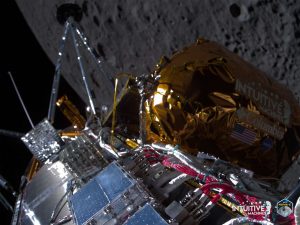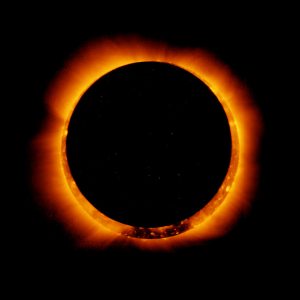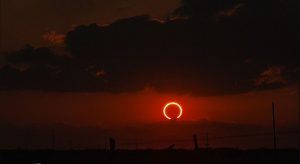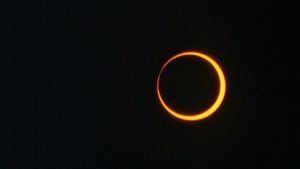NASA on Monday released the first-ever “deep space” image captured by the James Webb Space Telescope. The photo, first released at a White House event, shows the galaxy cluster SMACS 0723.
The image released on Monday was just a teaser. The American space agency plans to release at least four more such photos captured by the James Webb telescope. These will show the telescope’s “cosmic targets.”
Also Read: James Webb Space Telescope: How scientists, leaders reacted to the cosmic view
Here are the initial cosmic targets of the Webb telescope, as released by NASA:
Carina Nebula: The Carina Nebula is one of the largest and brightest nebulae in the sky, located approximately 7,600 light-years away in the southern constellation Carina. Nebulae are stellar nurseries where stars form. The Carina Nebula is home to many massive stars, several times larger than the Sun.
WASP-96 b (spectrum): WASP-96 b is a giant planet outside our solar system, composed mainly of gas. The planet, located nearly 1,150 light-years from Earth, orbits its star every 3.4 days. It has about half the mass of Jupiter, and its discovery was announced in 2014.
Southern Ring Nebula: The Southern Ring, or “Eight-Burst” nebula, is a planetary nebula – an expanding cloud of gas, surrounding a dying star. It is nearly half a light-year in diameter and is located approximately 2,000 light-years away from Earth.
Also Read: James Webb vs Hubble: How the images from the two telescopes differ
Stephan’s Quintet: About 290 million light-years away, Stephan’s Quintet is located in the constellation Pegasus. It is notable for being the first compact galaxy group ever discovered in 1877. Four of the five galaxies within the quintet are locked in a cosmic dance of repeated close encounters.
After NASA released the SMACS 0723 galaxy cluster’s photo, it announced that the remaining images will be shown in a televised broadcast beginning at 10:30 AM EDT (8 PM IST). The event has been scheduled for July 12 and will go live from NASA’s Goddard Space Flight Center in Greenbelt in Maryland, United States.






